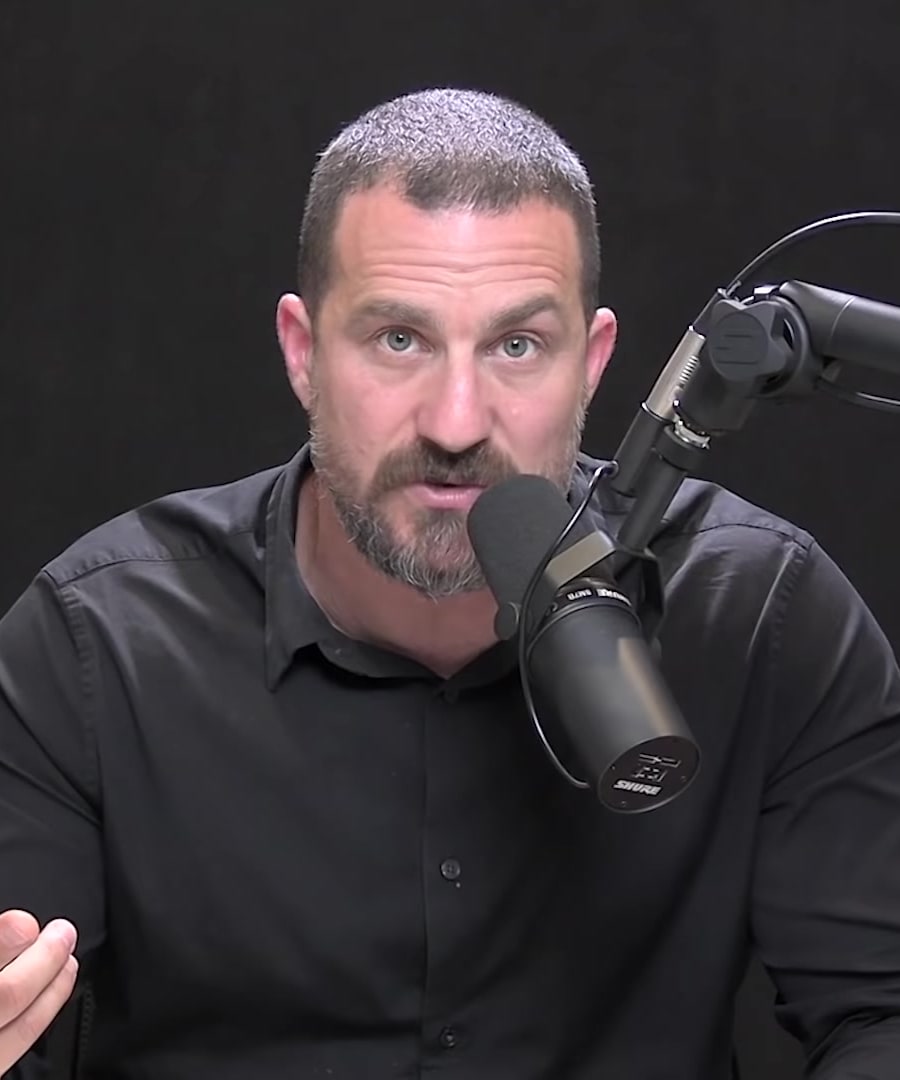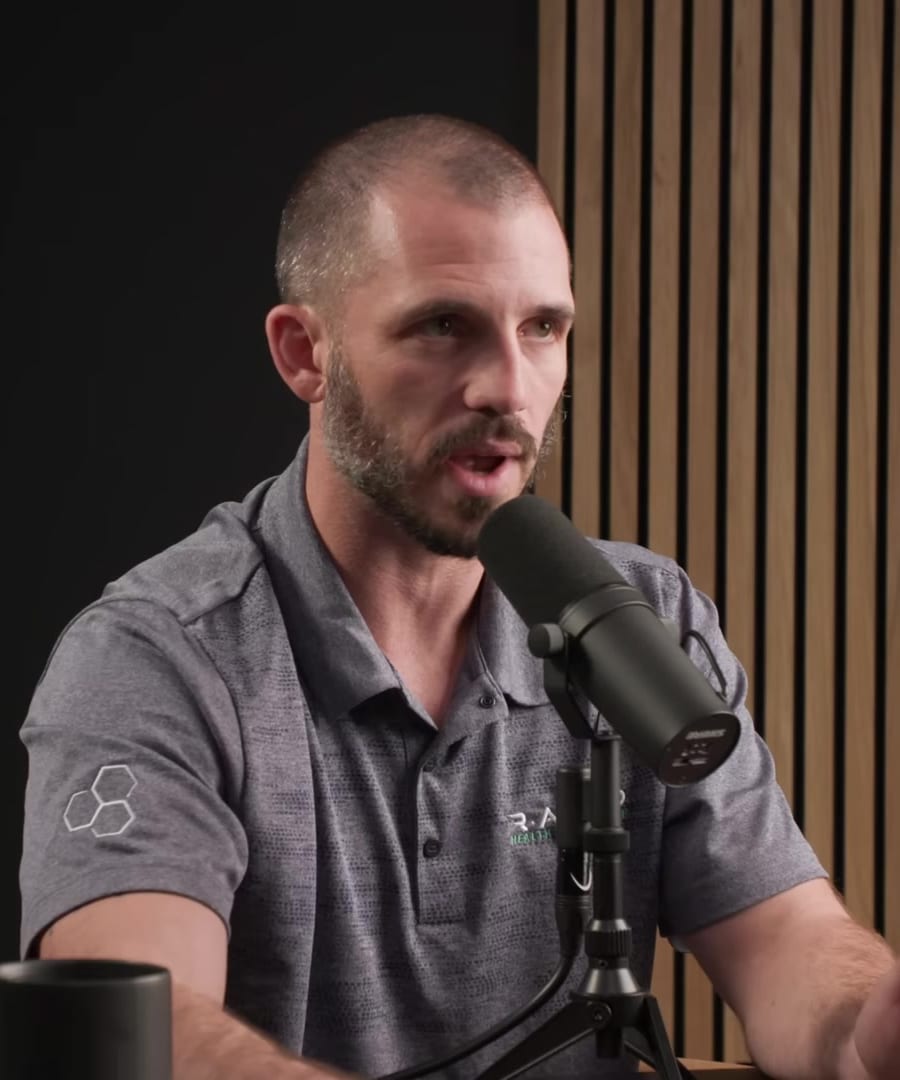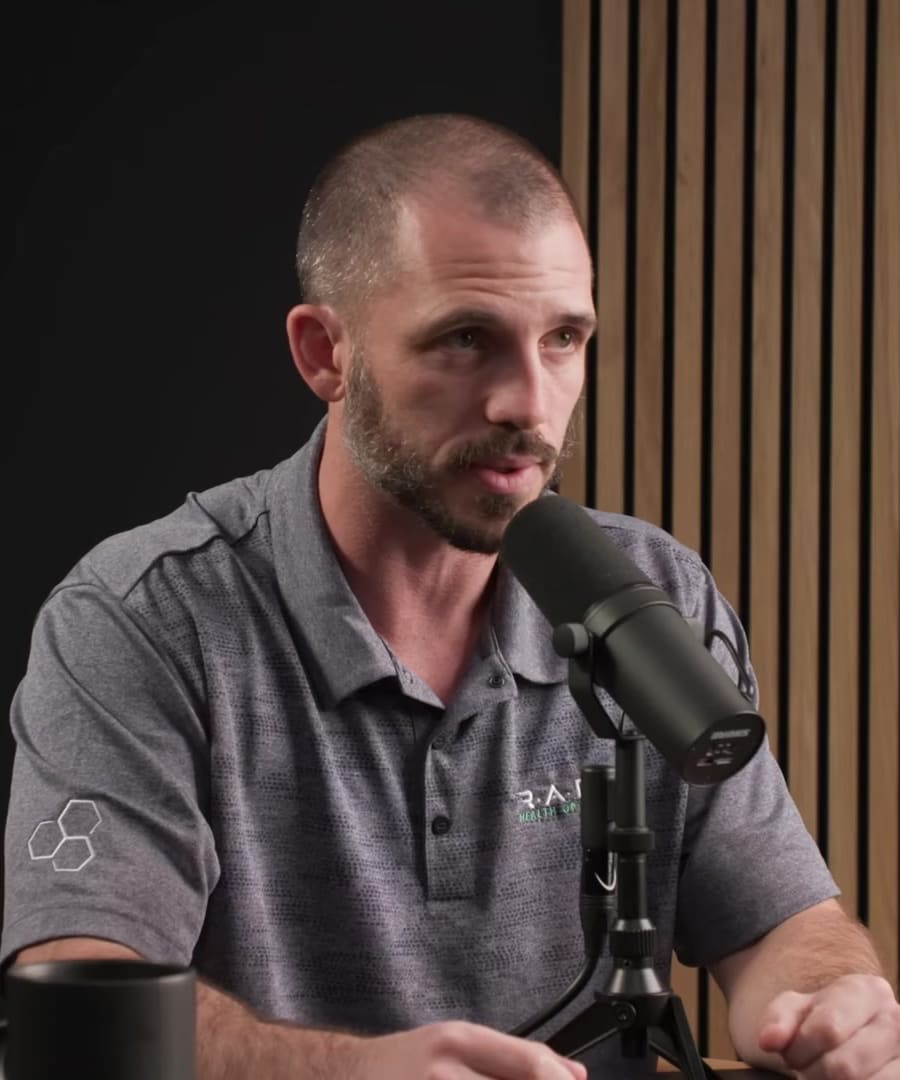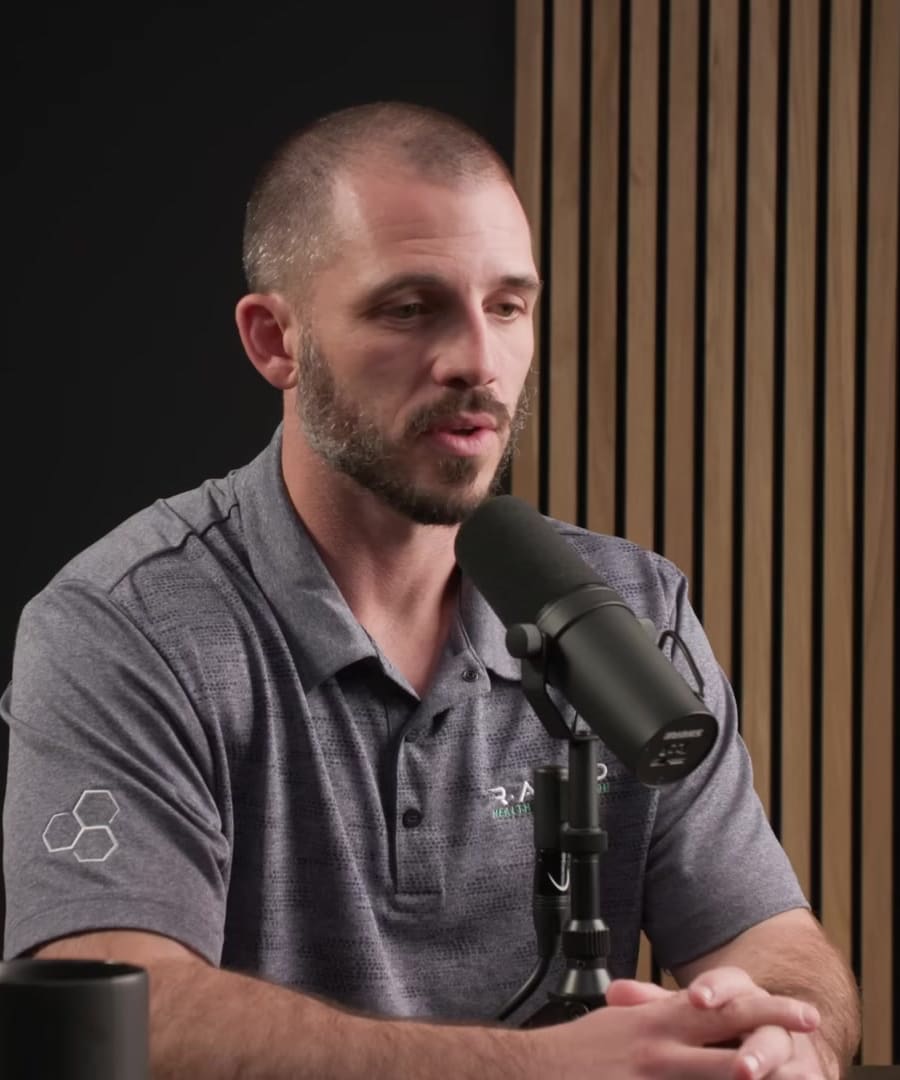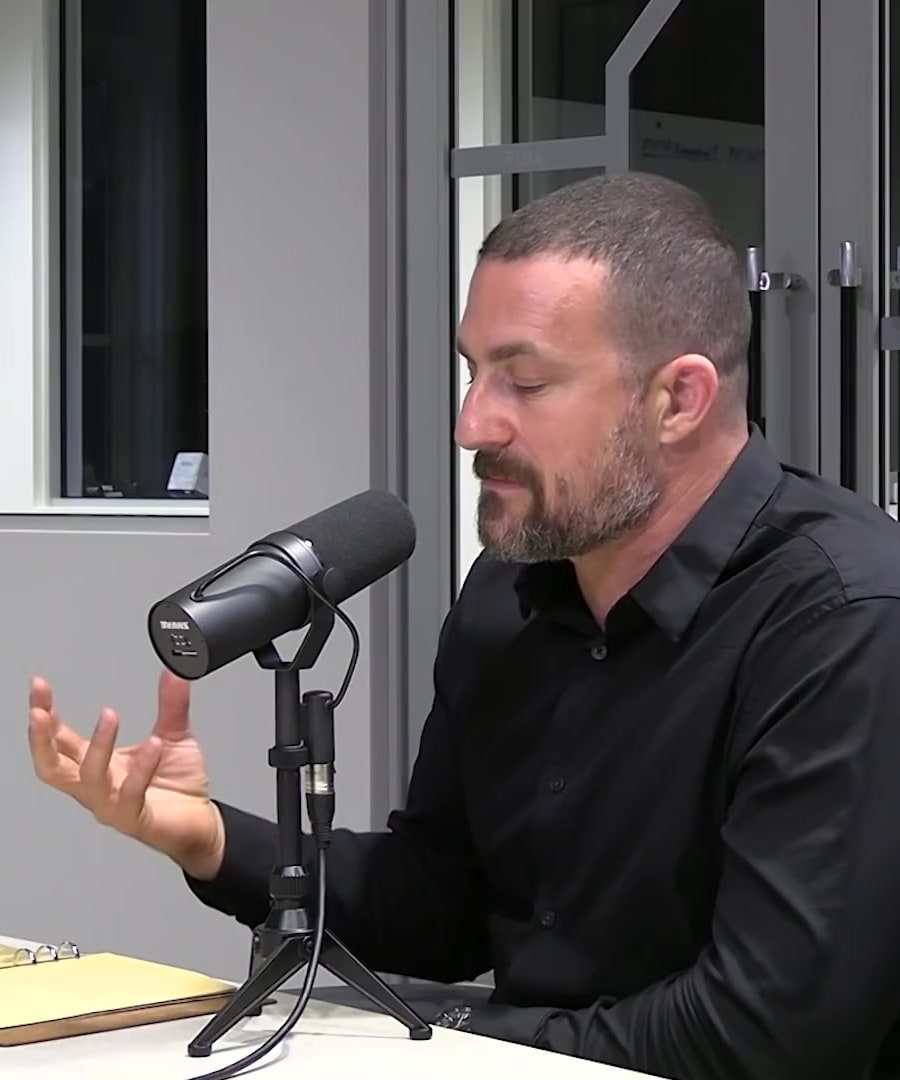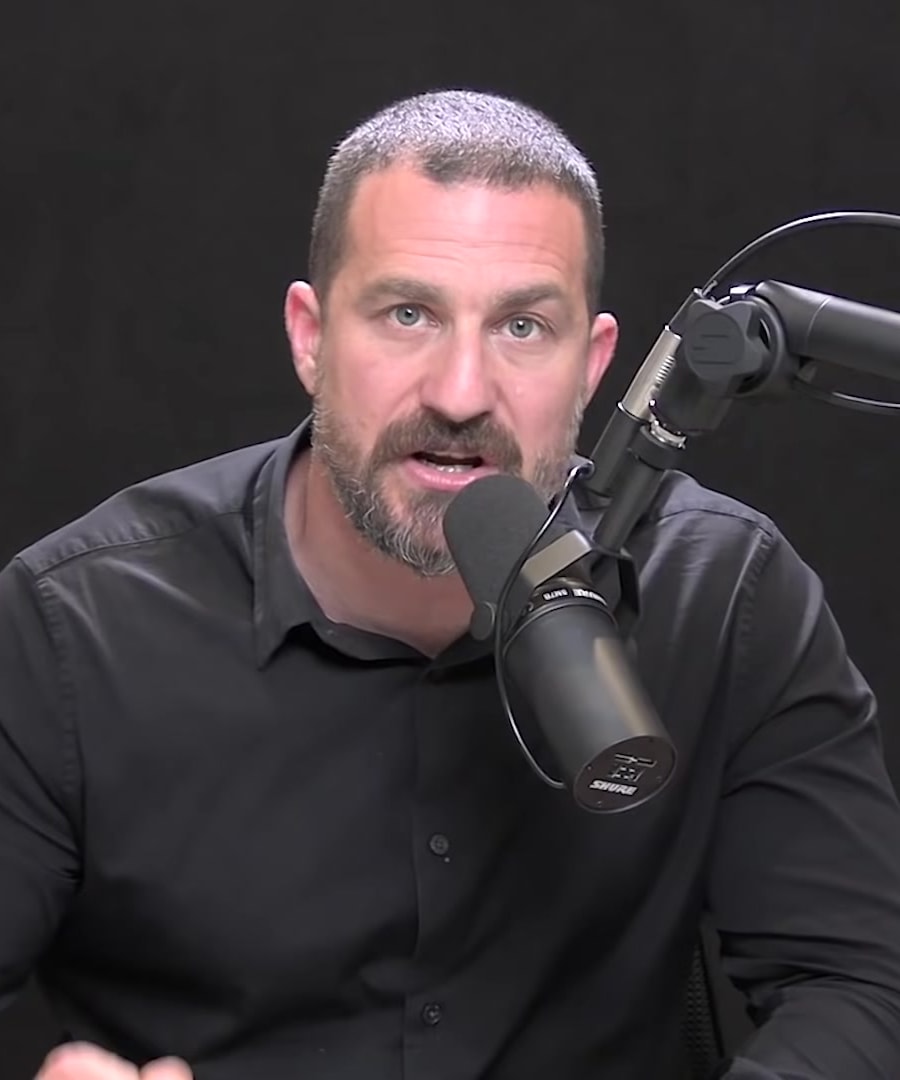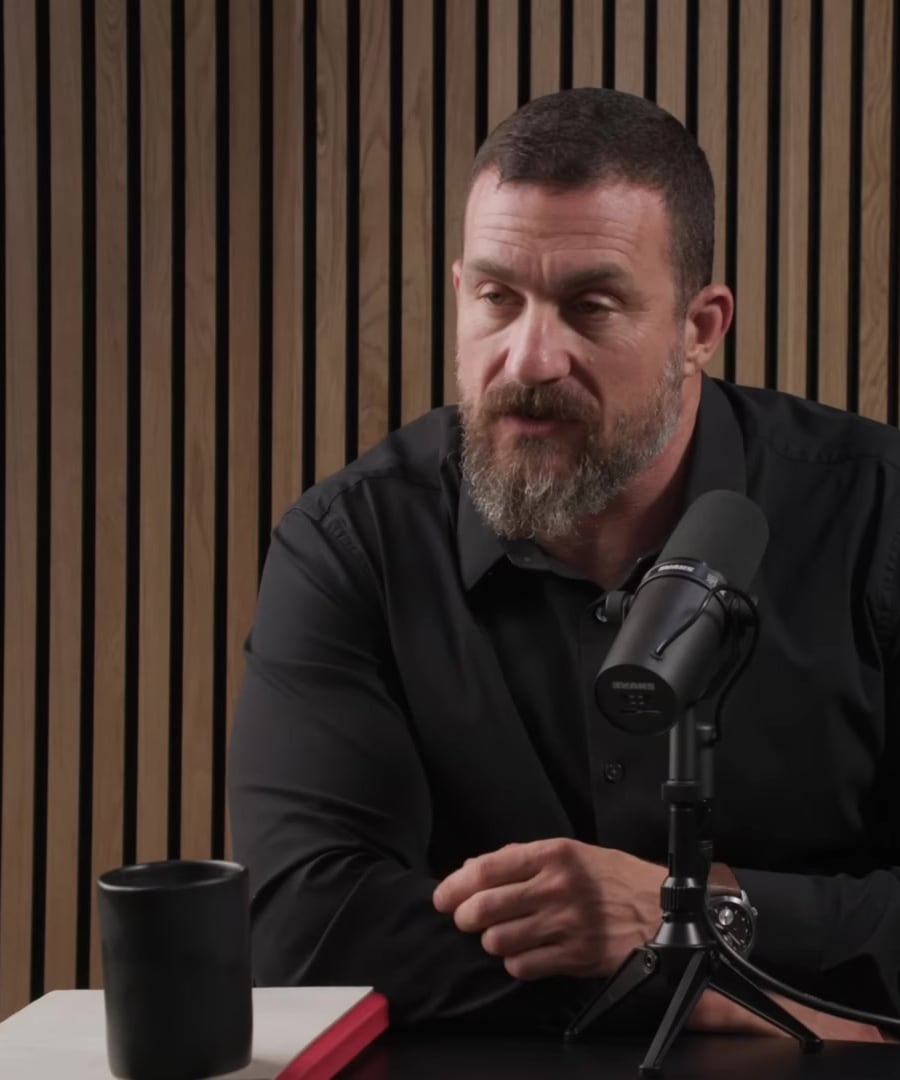Energy Pathways
Sources:
Energy pathways in the human body involve multiple fuel sources including glucose and fatty acids present in the blood. explains that these energy sources are used by neurons, muscle cells, and other tissues to support various activities like running, swimming, writing, or talking. The heart plays a crucial role in moving blood and oxygen, which are essential for both muscular effort and brain function. Efficient oxygen distribution is also vital for converting carbohydrates and fats to usable energy.
Oxygen uptake from the lungs is essential, as it participates in the metabolism of both carbohydrates and fats, and even in ketogenic metabolism to some extent. Besides direct glucose burning from the bloodstream, the body can also draw on stored energy sources like liver glycogen or muscle glycogen (stored form of glucose). These various energy sources facilitate the production of ATP (adenosine triphosphate), the cellular energy currency.
When it comes to endurance, both for mental and physical effort, assessing the factors that limit performance is key. Enhancing endurance involves optimizing the use of neurons, muscle, blood, heart, and lungs. Building different types of endurance requires understanding the interactions between these systems and the science behind them, looking at protocols, tools, and their scientific foundations to achieve sustained effort and intensity 1.
RELATED QUESTIONSTell me more about the metabolism of carbohydrates, fats, and proteins.
Sources:
The metabolism of carbohydrates, proteins, and fats is a finely tuned process within the human body, essential for producing the energy required for cellular function and overall activity.
-
Carbohydrates: Carbohydrates, mainly in the form of glucose, are metabolized through a process called glycolysis, which generates ATP and pyruvate. Pyruvate is then converted to acetyl-CoA, which enters the Krebs cycle (also known as the TCA cycle or citric acid cycle) within the mitochondria. The breakdown of carbohydrates through these processes can rapidly supply energy for immediate use 1.
-
Fats: Fats undergo a process called beta-oxidation, in which fatty acids are broken down two carbons at a time to produce acetyl-CoA, which, like pyruvate from carbohydrate metabolism, enters the Krebs cycle to generate energy. The mobilization and oxidation of fats are slower processes compared to carbohydrate breakdown, limiting their use during high-intensity activities 1 2 3. Adipose tissue stores the majority of body fat, with smaller amounts found as intramuscular triglycerides. Fats provide a more long-lasting energy source but require more time to become accessible due to the need for systemic mobilization 4.
-
Proteins: Proteins are not a primary fuel source for energy. They are broken down into amino acids, which can either be used for muscle and tissue repair or synthesis or potentially converted into glucose through gluconeogenesis. Protein utilization for energy typically represents a small percentage of total energy output, as the body prefers to use proteins for structure and function over fuel 2 4.
Metabolic efficiency involves teaching the body to use the appropriate fuel sources at various intensities of exercise and daily living. At low intensities, the goal is to use fats primarily, while at higher intensities, carbohydrates are more efficiently utilized for quick energy needs. The crossover point between using fats and carbohydrates can indicate how an individual's metabolism functions and can be manipulated through diet and exercise for better performance and overall health 5.
RELATED QUESTIONS-
Can you break down the steps of metabolic pathways for carbohydrates, fats, and proteins?
Sources:
The metabolic pathways for carbohydrates, fats, and proteins involve different steps and interactions within the body's cells, each serving to extract energy from these macronutrients:
Carbohydrates Metabolism:
- Glycolysis: Glucose is converted to pyruvate, producing a small amount of ATP and NADH. This occurs in the cytoplasm and functions anaerobically.
- Pyruvate to Acetyl-CoA: Pyruvate enters mitochondria and is converted to acetyl-CoA, which then participates in the Krebs cycle.
- Krebs Cycle (Citric Acid Cycle): Acetyl-CoA enters this cycle, producing NADH, FADH2, and ATP.
- Electron Transport Chain (ETC): NADH and FADH2 donate electrons to the ETC, creating a proton gradient for ATP synthesis. This aerobic process requires oxygen and happens in the mitochondria 1 2.
Fat Metabolism:
- Lipolysis: Stored triglycerides are broken down into glycerol and fatty acids.
- Fatty Acid Activation: Free fatty acids enter cells and are activated in the cytosol.
- Beta-oxidation: Fatty acids are transported into mitochondria and broken into two-carbon units, generating acetyl-CoA, NADH, and FADH2.
- Krebs Cycle and ETC: Acetyl-CoA enters the Krebs cycle, with subsequent electron transport and ATP generation, much like in carbohydrate metabolism 3 4 5.
Protein Metabolism:
- Protein Breakdown: Dietary proteins are digested into amino acids.
- Amino Acid Catabolism: Amino acids are deaminated, removing the amino group. Depending on the body's needs, amino acids can be used for protein synthesis or converted to feed into gluconeogenesis or the Krebs cycle.
- Entry into Krebs Cycle: Some amino acids are converted into intermediates that enter the Krebs cycle for energy production, while others may form acetyl-CoA or enter gluconeogenesis to create glucose 6.
Each macronutrient's metabolic pathway is distinct yet interconnected, and they all ultimately produce usable energy in the form of ATP, as well as waste products like CO2 and water, during oxidation. Protein metabolism plays a lesser role in energy production compared to carbohydrates and fats, as proteins are primarily used for growth and repair of tissues.
RELATED QUESTIONSATP
Sources:
ATP, or adenosine triphosphate, is a molecule that plays a critical role in storing and transferring energy within cells. Here is an explanation of its functions and importance:
-
Cellular Energy Currency: ATP is often referred to as the "energy currency" of the cell. It provides the energy needed for various cellular processes.
-
Energy Transfer: ATP stores energy in its high-energy phosphate bonds. When ATP is hydrolyzed to ADP (adenosine diphosphate) and inorganic phosphate, energy is released to power cellular activities.
-
Muscle Contraction and More: ATP is used for muscle contraction, nerve impulse propagation, and chemical synthesis, among other vital physiological processes.
-
Mitochondrial Role: The mitochondria, known as the powerhouse of the cell, is where ATP is primarily produced through oxidative phosphorylation during cellular respiration 1.
-
Different Sources: The body can generate ATP from carbohydrates, fats, and, to a lesser extent, protein through different metabolic pathways 2.
-
Fuel Sources for ATP: Depending on the intensity and duration of exercise, the body uses different fuel sources such as phosphocreatine, glycogen, and fats to replenish ATP levels 3.
Understanding ATP's role in energy transfer is fundamental to grasping how the body functions at the cellular level, especially during different types of physical activities and exercise.
RELATED QUESTIONS-
NADH
Sources:
As outlined by in the , NADH is the reduced form of NAD+, which is crucial for energy production. NAD+ is involved in redox reactions, carrying electrons from one reaction to another. When NAD+ gains electrons (and a hydrogen ion), it becomes NADH. This process is important because NADH holds the electrons that are eventually used to produce ATP in the mitochondria during oxidative phosphorylation.
Regarding NADH, Dr. Huberman has discussed his personal use of NR (nicotinamide riboside) and NMN (nicotinamide mononucleotide) supplements to enhance his energy levels throughout the day. Both NR and NMN are precursors to the production of NAD+ in the body, which can then be converted into NADH during cellular metabolic processes. Dr. Huberman has also experienced direct NAD infusions, although he mentions that the process can be quite uncomfortable 1.
This insight provides a practical example of how increasing NAD+ can potentially affect energy levels and underscores the active research and interest in the role of these coenzymes in metabolism and overall health.
RELATED QUESTIONSFADH2
It appears that there are no specific recent clips from the discussing FADH2 directly. If you have any further questions or would like to know about related topics, please let me know, and I can search for more information from the podcast that may provide additional insights.
RELATED QUESTIONS
Energy Pathways
- RELATED QUESTIONS
Tell me more about the metabolism of carbohydrates, fats, and proteins.
- RELATED QUESTIONS
Can you break down the steps of metabolic pathways for carbohydrates, fats, and proteins?
- RELATED QUESTIONS
ATP
- RELATED QUESTIONS
NADH
- RELATED QUESTIONS
FADH2
- RELATED QUESTIONS
